La Lonja de la Seda
Directly across from the Mercado Central, La Lonja de la Seda (Silk Exchange) is Valencia’s most historic building, and its only UNESCO World Heritage Site. Built between 1482 and 1548 at the height of Valencia’s Golden Age, the Lonja is like a church devoted to the god of commerce.
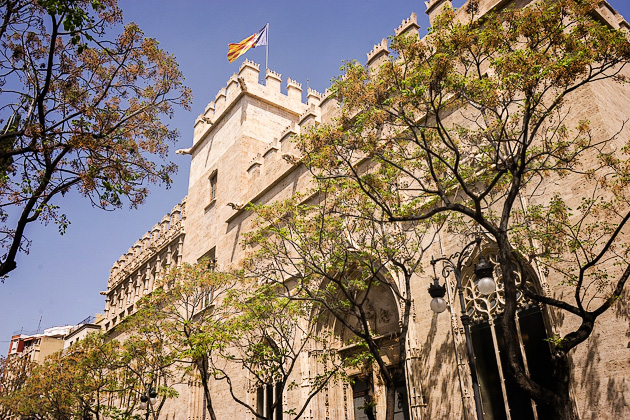
At the end of the 15th century, Valencia was the wealthy capital of its own kingdom, and the most important city on the Mediterranean Sea. So when the decision was made to build a new exchange hall, it had to be one which would leave visiting traders with no doubts as to the city’s prosperity.

The primary gates of the Lonja are across from the Mercado Central, but the modern entrance is around back, across from Plaza Dr. Collado. After passing through the ticket room, you’ll find yourself in a courtyard filled with orange trees. This is the Patio de las Naranjas, where traders would relax after conducting their business; more elegant than the modern corporate “break-room,” with overworked employees crowded around the water-cooler.

From here, a monumental door leads into the Sala de Contratación, or the Contract Room. This is a hall seventeen meters in height, with eight ponderous stone columns connecting the floor to the ceiling. These columns were designed to resemble Valencia’s palm trees, with raised lines that spiral up into the domed vaults. It was in this room that majority of the Lonja’s business was conducted, and around the walls, there is a long verse praising the honesty of the city’s traders.

In the corner of the Contract Room, you’ll find a spiral staircase which leads into the tower of the Lonja, though this is unfortunately closed to visitors. Instead, you now pass through a chapel, usually bathed in a variety of colors thanks to its large stained-glass window. And on the other side of the chapel is the Consulado del Mar, where a committee of judges would hear mercantile cases.
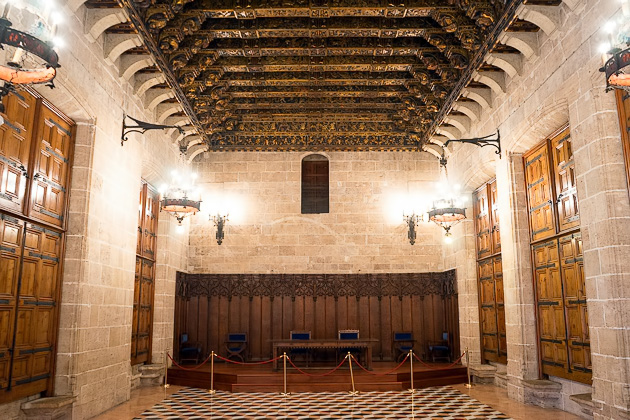
The upper floor of the consulate is known as the “Golden Room,” and is nearly as amazing as the Sala de Contratación. You’ll probably first notice the old tile floor, with a three-dimensional pyramidal pattern that always reminds me of Q-Bert. But don’t forget to look up at the ceiling and its Gothic woodwork, featuring hundreds of hand-carved, individual scenes inlaid with gold.

Along with its grand halls, history and stunning state of preservation, we also love the Lonja’s hilariously disgusting gargoyles. Walking around the building, both inside the Contract Room, and outside on the facade, you can find all manner of perversion in the decorations: chimeras biting women’s breasts, a maiden fondling the genitals of a bent-over pauper, acts of bestiality, drunken men peeing into jars and more. These gargoyles are meant to represent the sins of humanity… and they don’t overlook a single type of deviance.
The Lonja is probably the most popular tourist sight in the old town, and as such, can get crowded. Our recommendation is to show up as early as possible, since the truly huge tourist groups don’t arrive until 11 or later. And make sure to invest in the excellent audio guide, which takes you around the building, provides background information, describes the architectural elements, and also helps you find some of the Lonja’s most intriguing details.
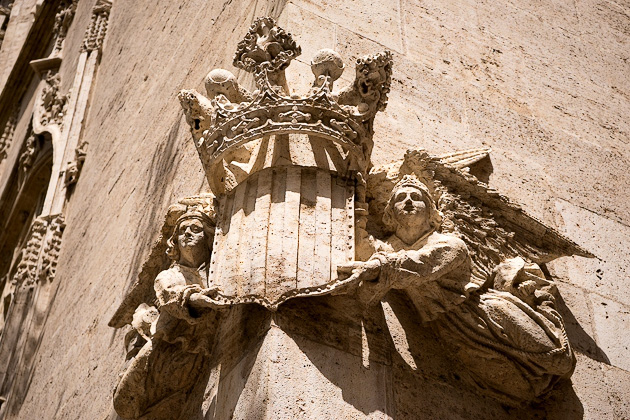

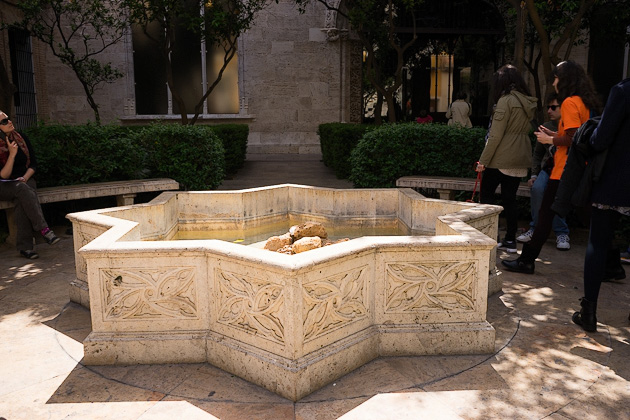
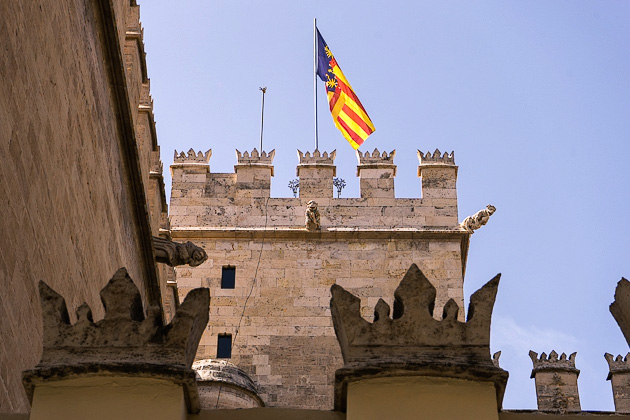

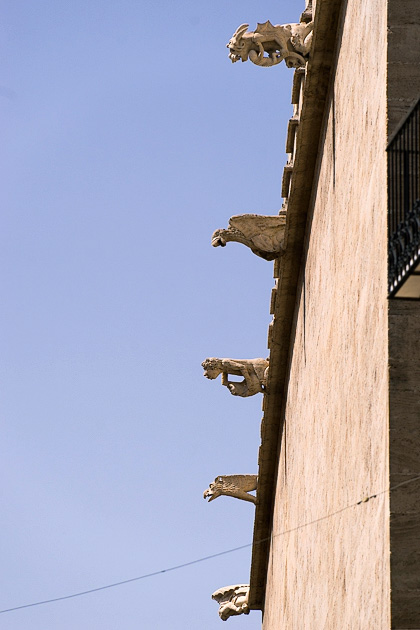
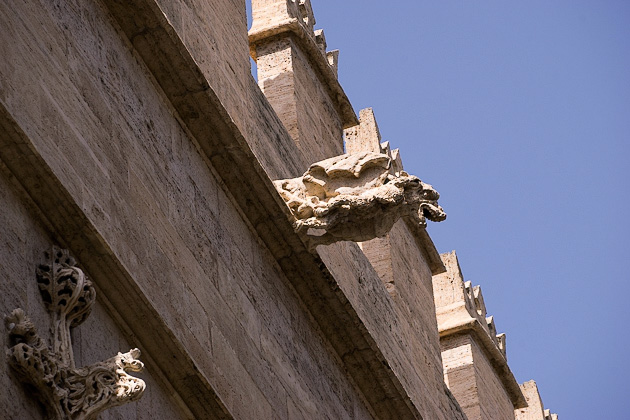
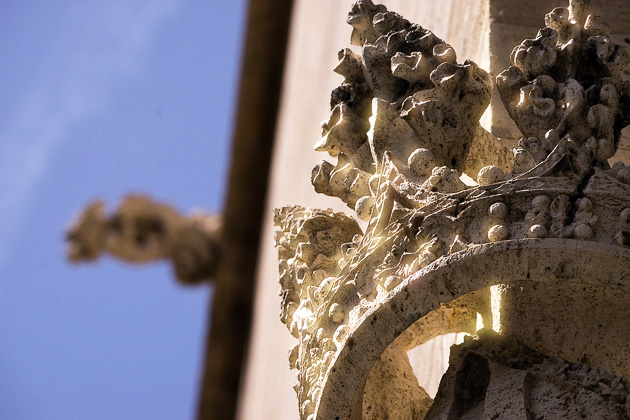
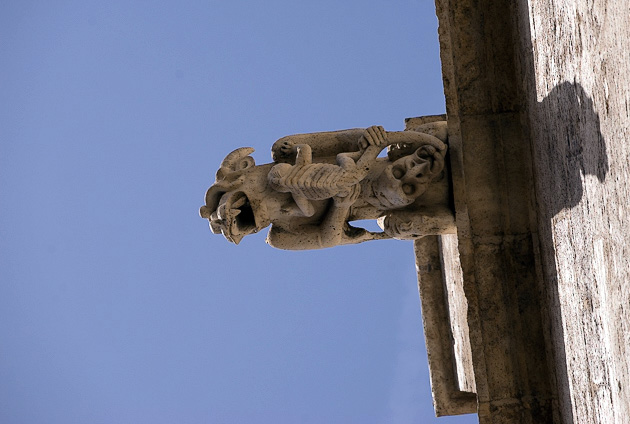


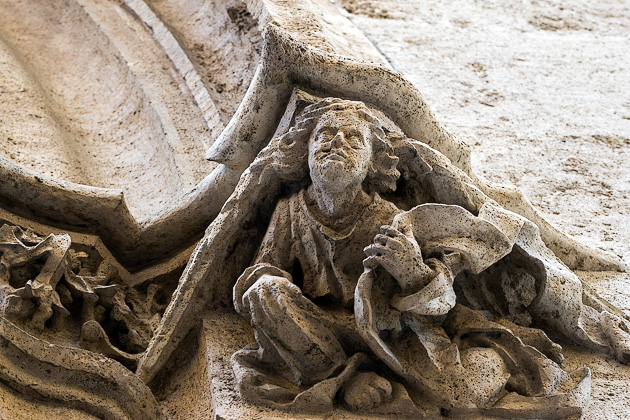
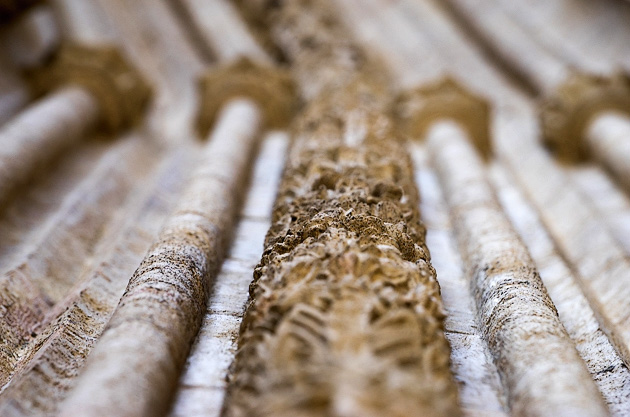
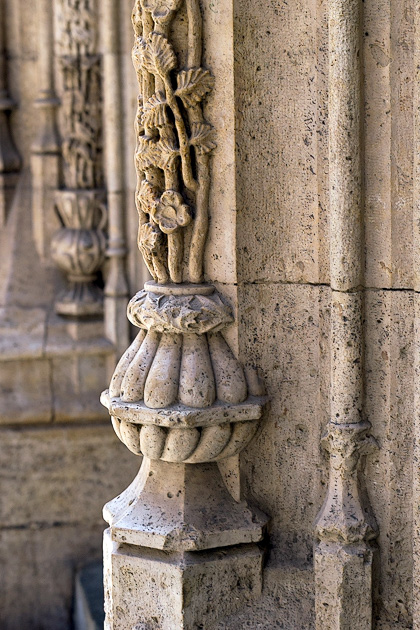
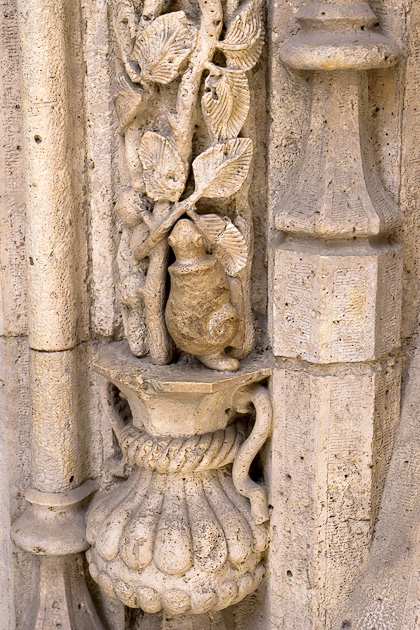

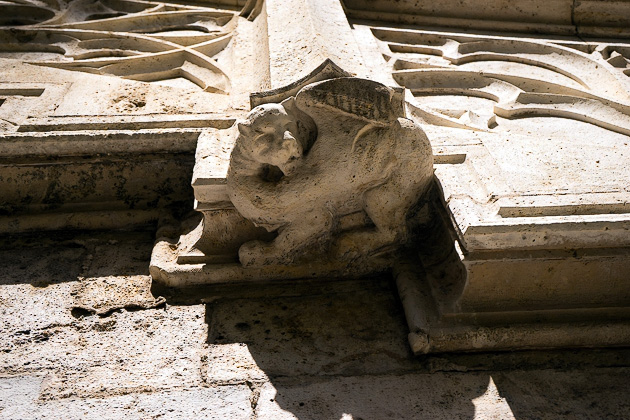

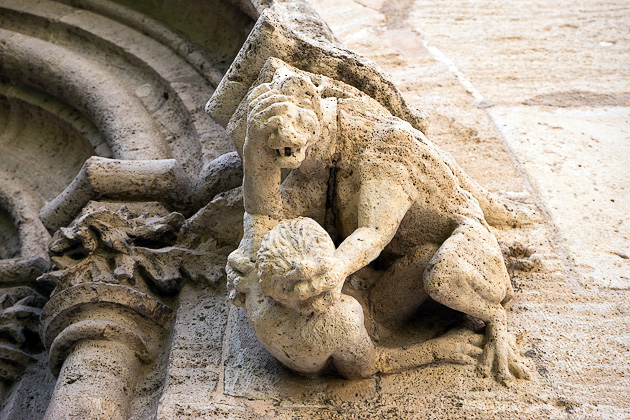




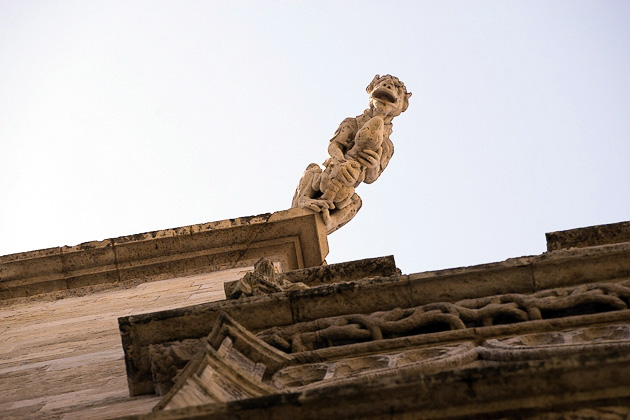
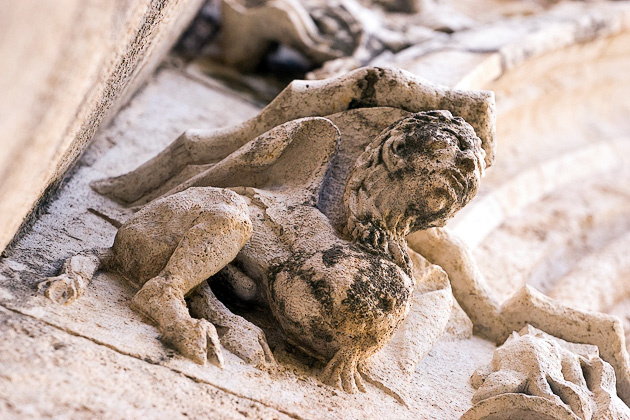

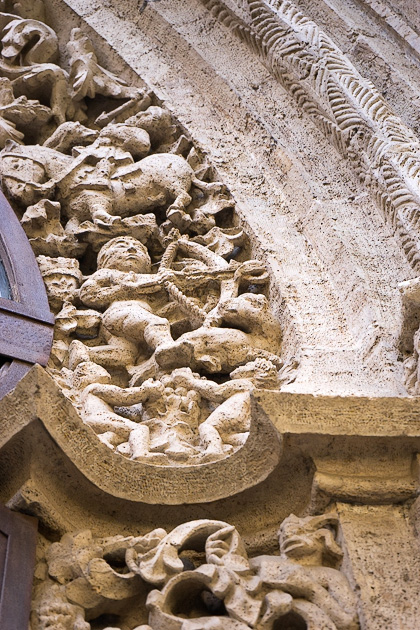

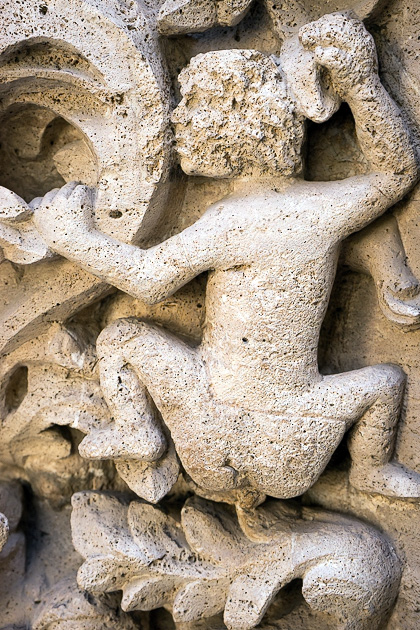
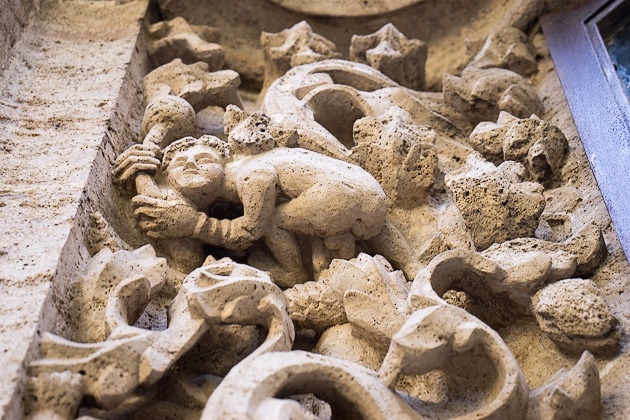
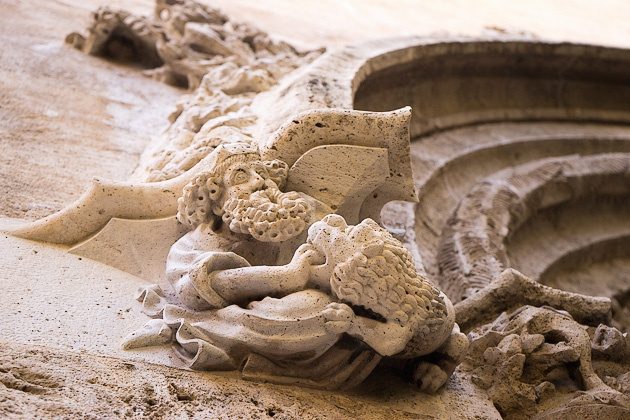


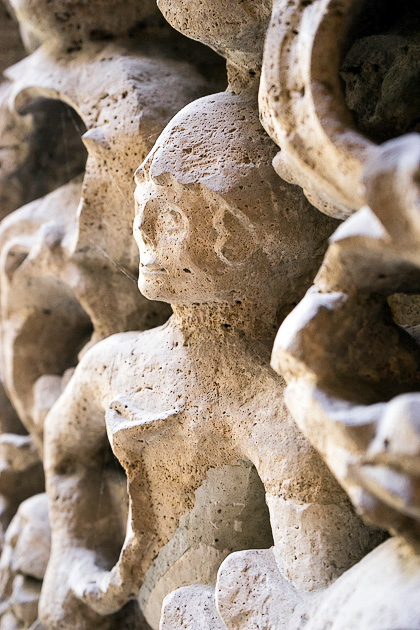
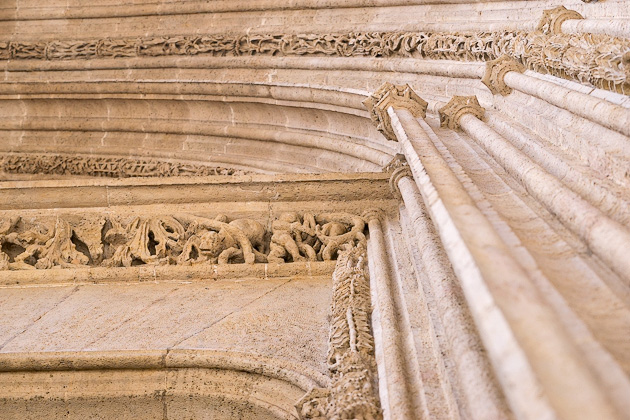


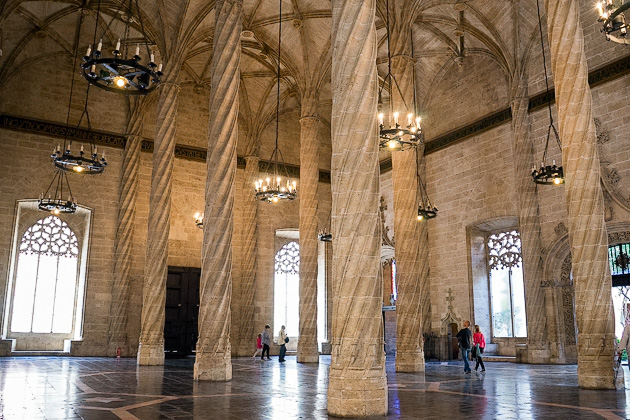
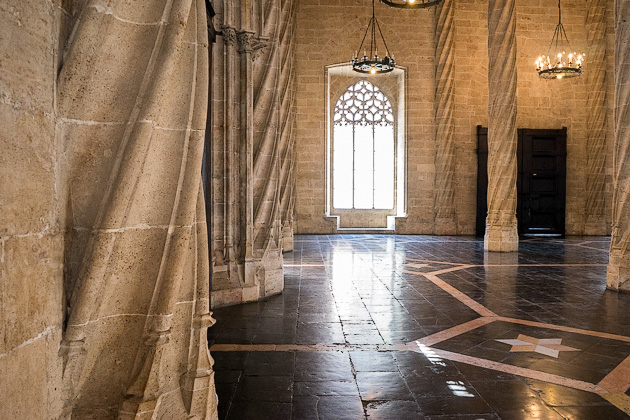

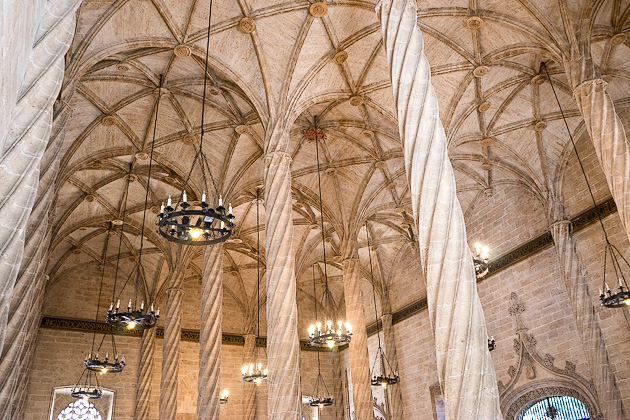

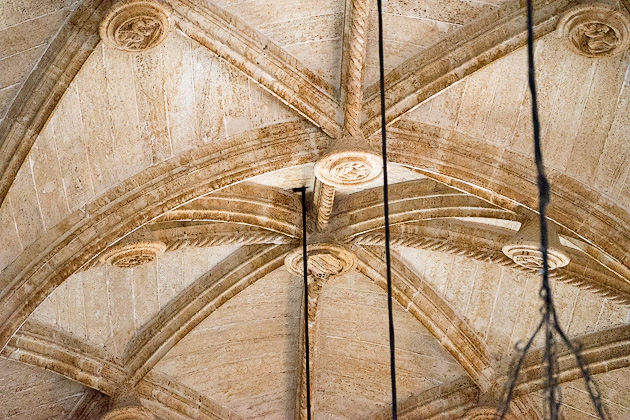
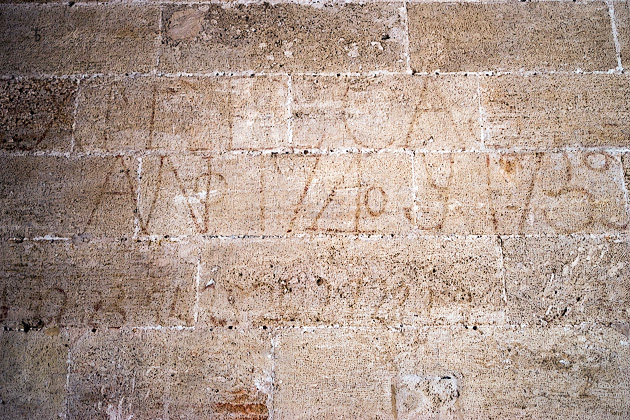
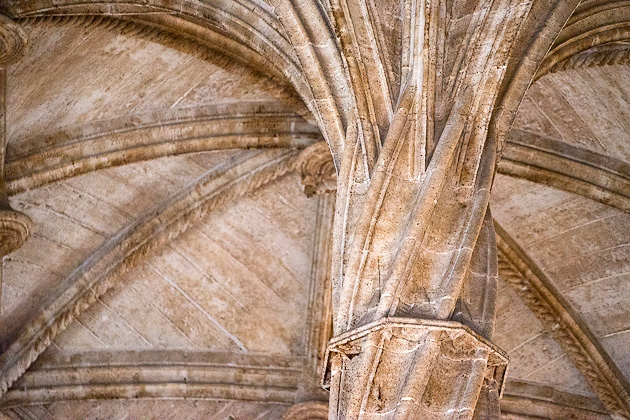

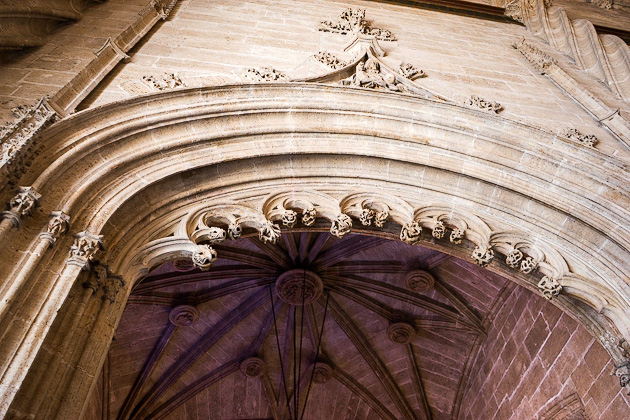
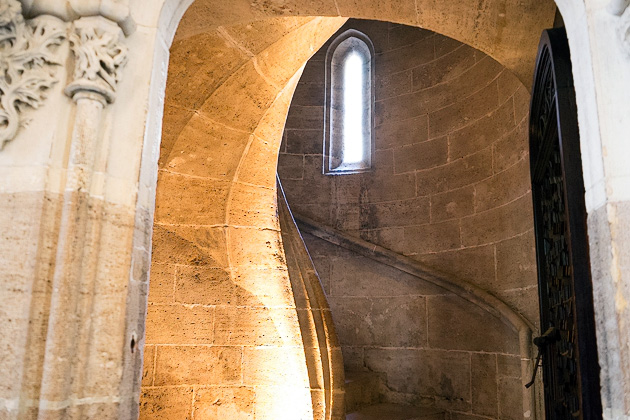


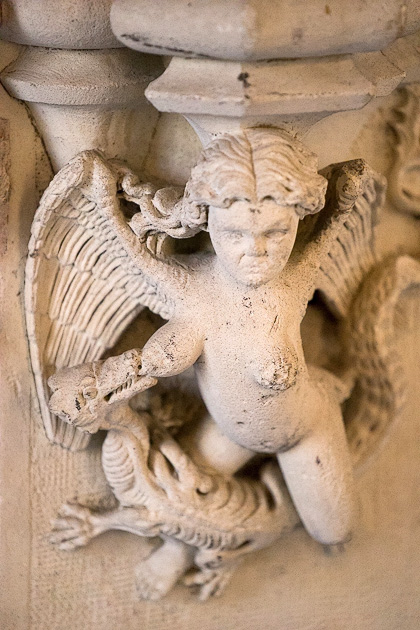
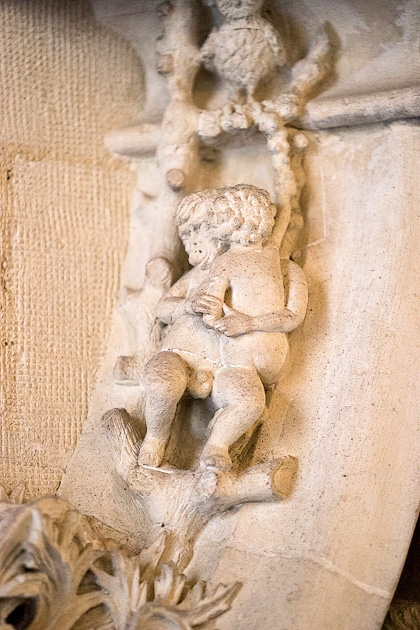



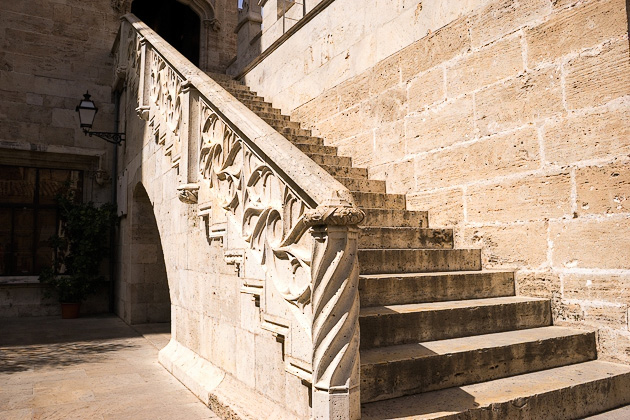

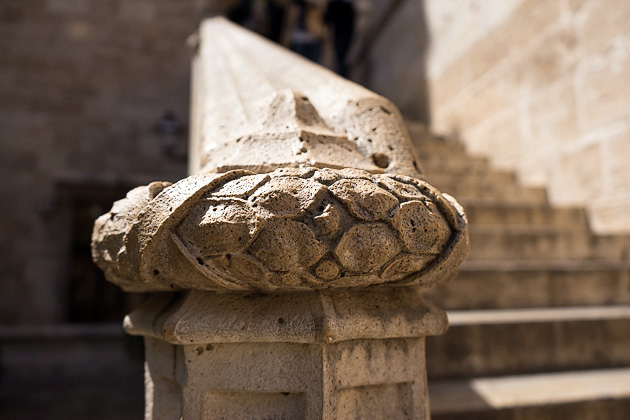
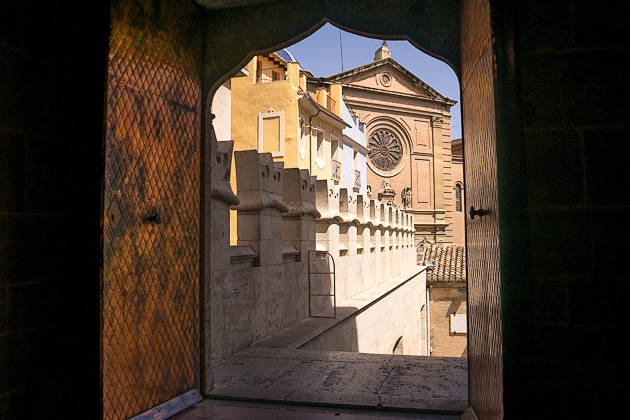
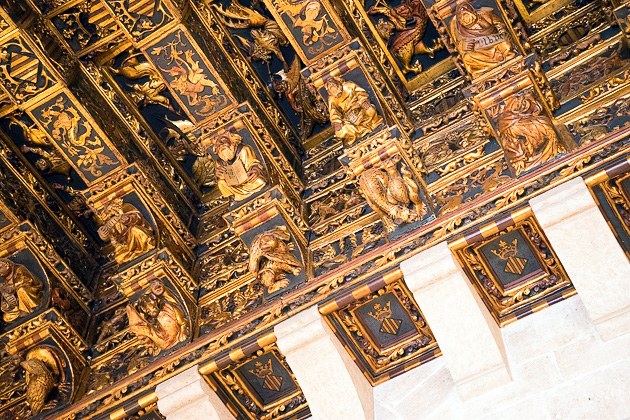
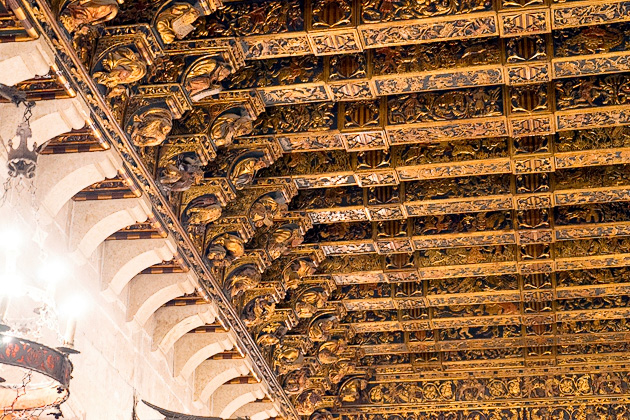
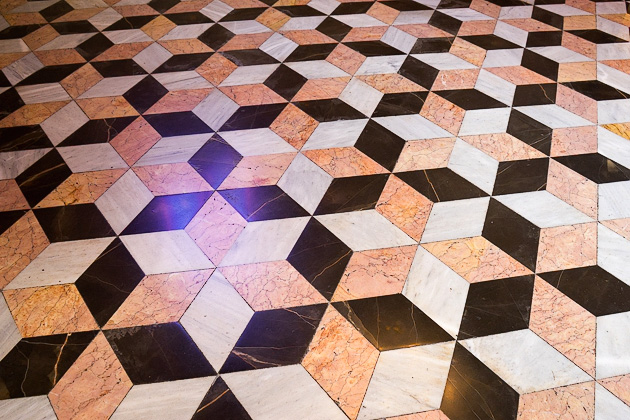






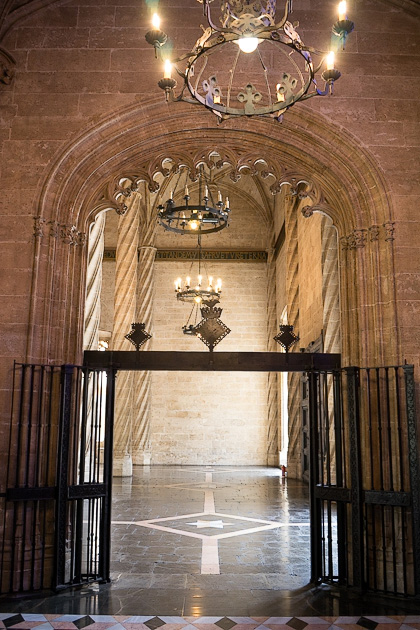

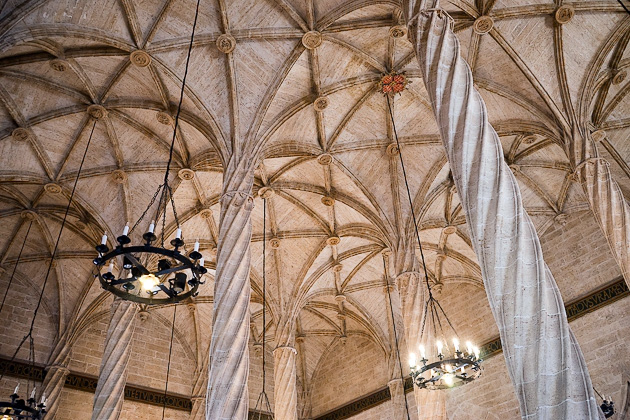
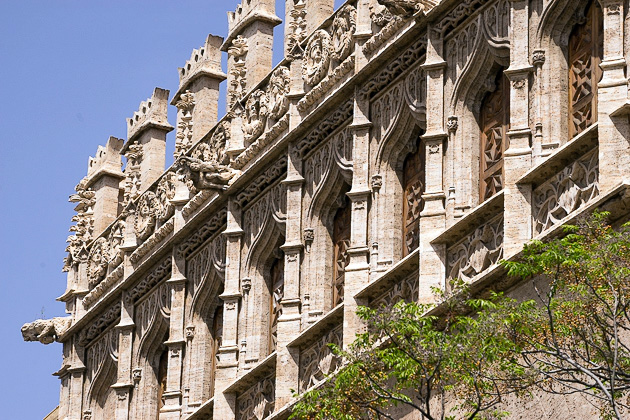






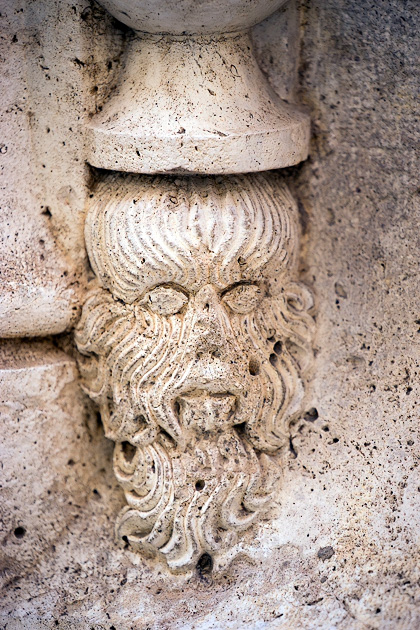
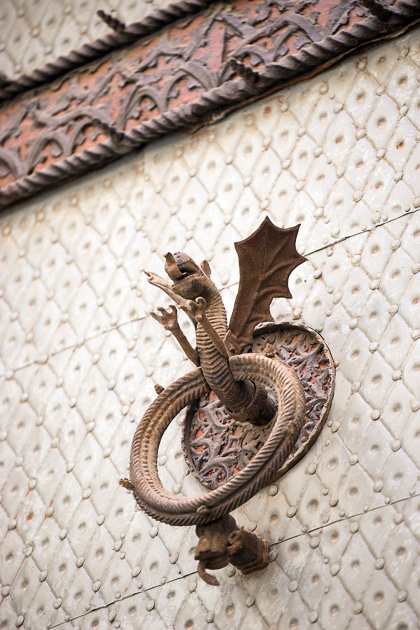


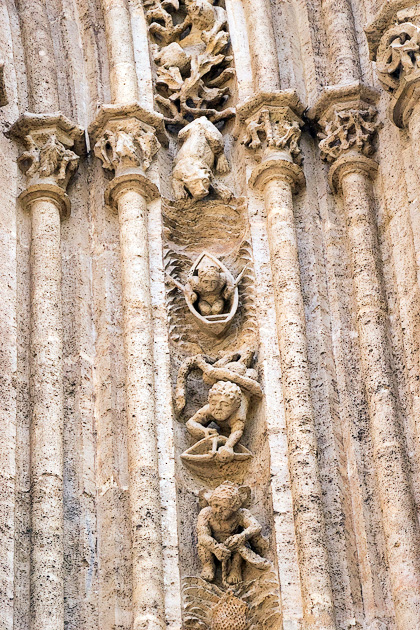
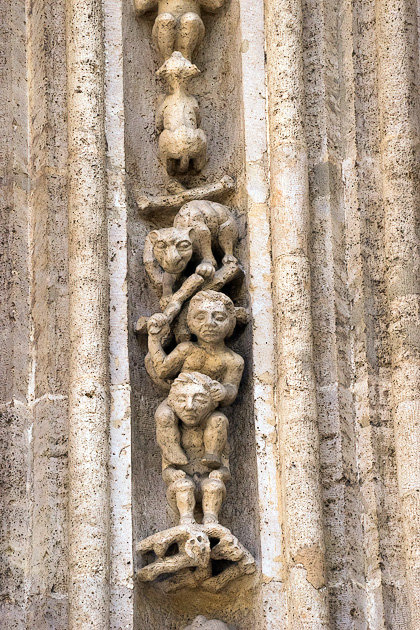
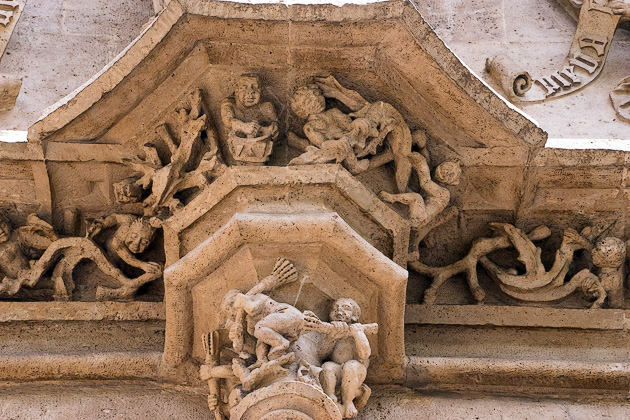
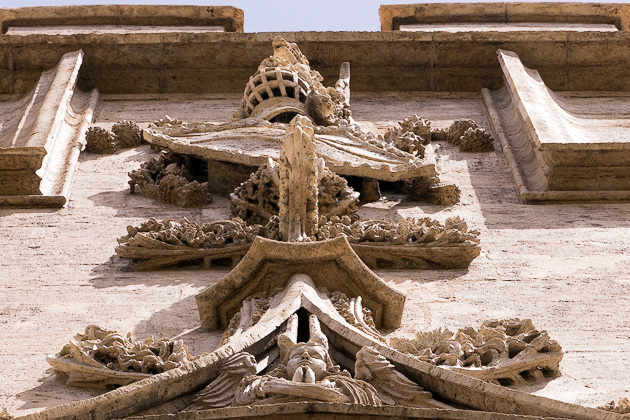
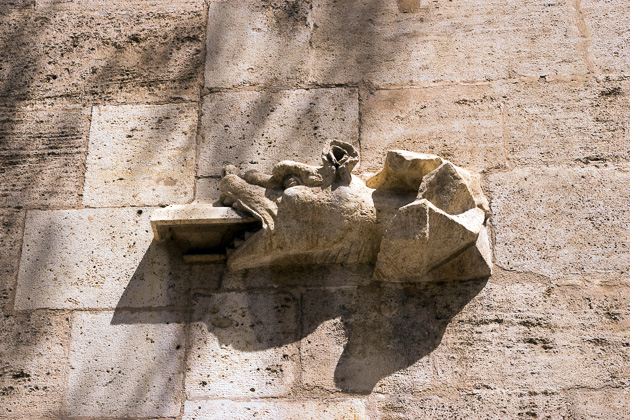
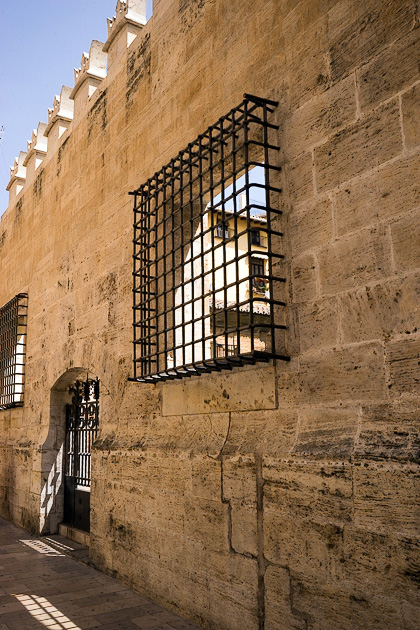

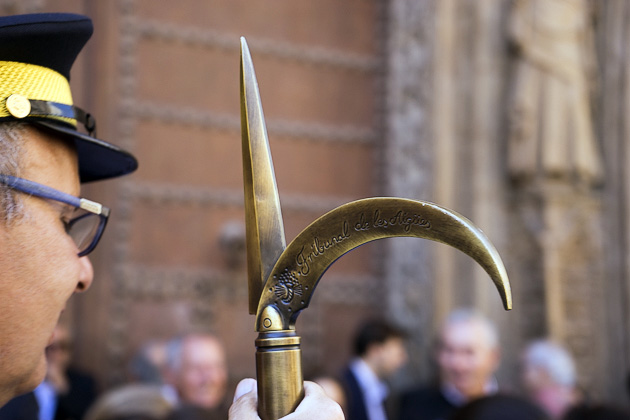
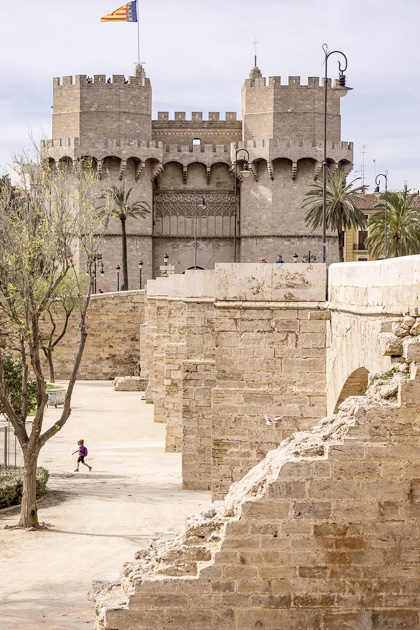
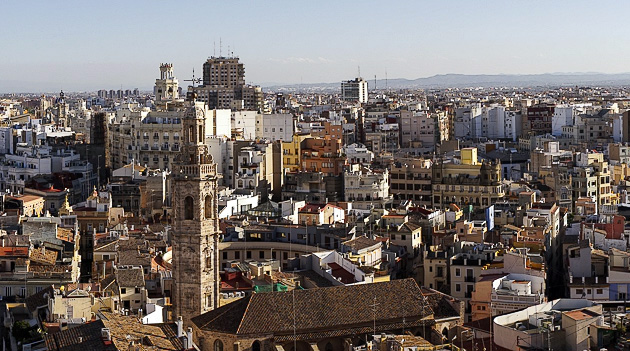

Pingback: Valencia’s Ancient City Gates: Serranos and Quart | For 91 Days in Valencia – Travel Blog
Pingback: An Era of Construction in Valencia 2021 - For 91 Days
Pingback: Valencia COVID-19 - Our First Walk through the City After 48 Days - For 91 Days